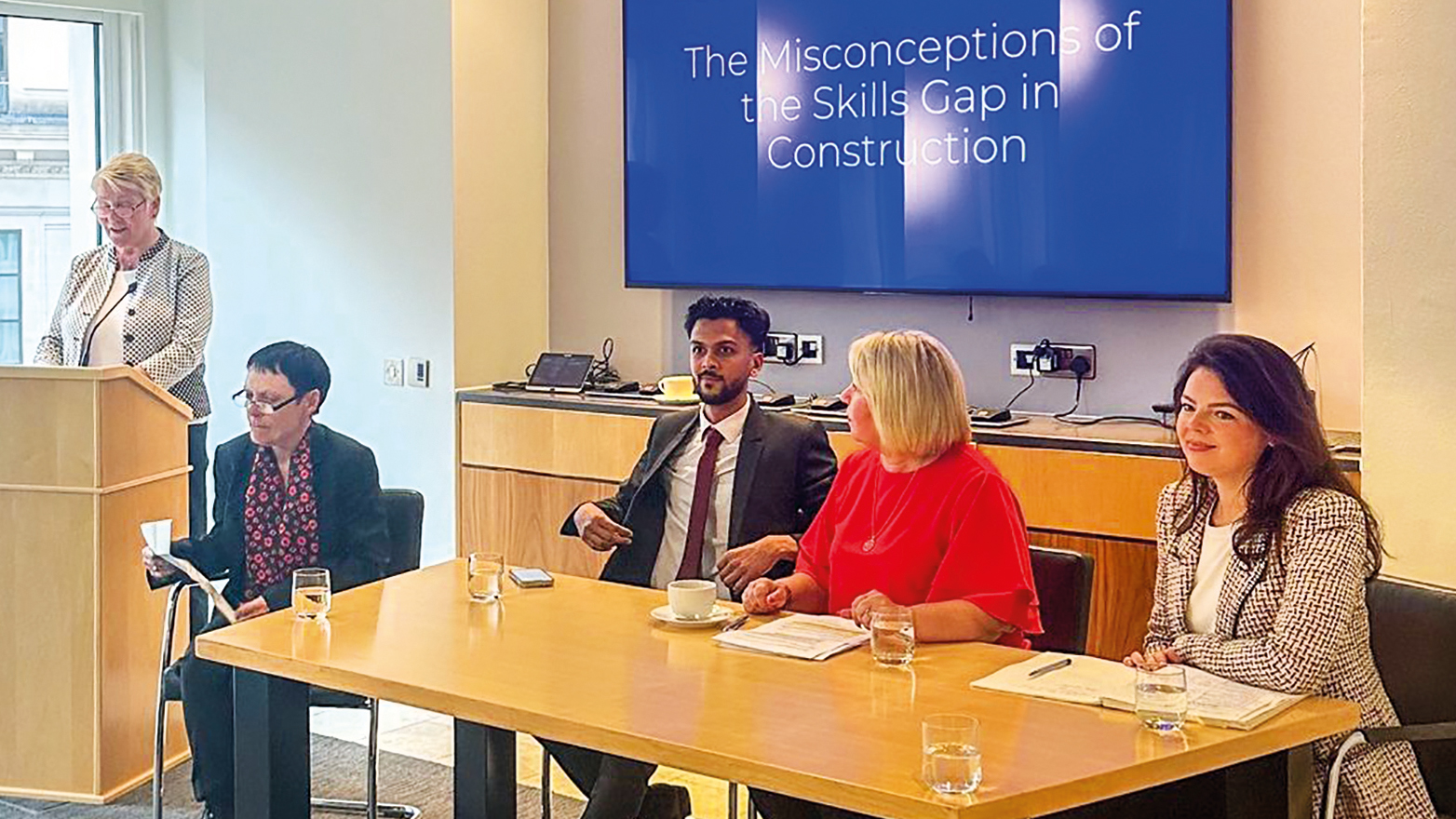
If the industry wants to close the skills gap, it must first break down the barriers preventing it from becoming more inclusive, writes Caroline Gumble.
I recently attended a CIOB CPD event organised by our London Hub committee on misconceptions of the skills gap – an important issue across the industry. It was a terrific evening with great panellists and an expert chair in Christine Gausden FCIOB.
We had excellent engagement from our audience, some of whom shared the challenges they faced in finding a role. I was struck by the awful irony of hosting an event about the skills gap while surrounded by some people who are struggling to find their first full-time post in the sector.
Although we often talk about getting more people into the industry, we have young construction professionals who are eager to commit to their careers and yet struggle to find jobs. They are highly educated and motivated and, as CIOB members and Tomorrow’s Leaders representatives, have made a commitment to continuous learning and to maintaining high standards in our industry.
It made me reflect on some of the asks in our diversity and inclusion charter. One of the drivers behind its publication was to help close the skills gap by tackling barriers to increasing inclusion in the industry, so I feel there’s value in looking again at some of the key questions:
- Have you scrutinised your recruitment processes, including who is doing the recruitment?
- How is the culture you are creating? Does everyone feel welcome in your offices and on your sites?
Access to opportunities
How do you engage with those looking to start a career in construction? Are there placements and opportunities to gain experience? Some applicants may lack experience, but if they also lack access to opportunities, that’s something for the industry to address.
Having also talked to some of CIOB’s academic members about this, another aspect to consider is what built environment students and young professionals can do to prepare themselves for the workplace.
I encourage all those studying built environment courses or about to start in their first role to build their professional network as early as they can. For example, by finding opportunities to visit sites, engaging in networking at CPD events, using social media for professional exposure, or considering joining our Tomorrow’s Leaders community.
If one of your goals is to be a construction professional, then take every opportunity to engage with the professionals already in the industry.
Caroline Gumble is chief executive of CIOB.
Comments
Comments are closed.












I am pleased this has been highlighted, as I am one of those individuals struggling to enter the industry. I am about to start my final year in construction management feeling slightly down, as I could not get a placement. I am a student CIOB member, student APM member and I attend networking events and engage in CPDs. I am currently working on site as a groundworker looking for any opportunities to begin my career. The difficulties found when trying to enter the industry has even motivated me to consider starting as an entrepreneur property developer.
The effects of not getting into the industry’s professional environments, has led to a form of mental isolation, as I can not talk for instance, with my team members on site about how A.I. can speed tendering processes etc, as the majority do not understand the topic of conversation or are plainly not interested.
It would be good if companies used level 4 students in construction management as labour on site, the level 5 students as trainee site managers and on completion of degree as junior construction managers. Maybe this could be done in conjunction with universities to help students gain employment during the term breaks and gain experience at different levels. I understand there are many possible solutions but as mentioned I am happy for me and future students that this has been highlighted.